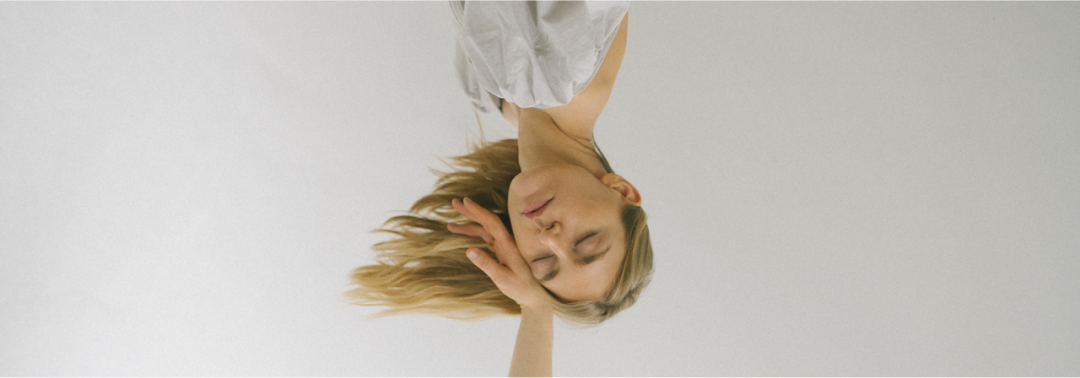
Night School: the 90-minute wind-down that tells your body it’s time to sleep
Sleep quality starts before lights out. A consistent 90-minute wind-down plus the 3-2-1 rule (3h no heavy meals/alcohol, 2h no intense work, 1h no bright screens) clears the runway for melatonin’s nightly rise. Pair it with a Cool-Dark-Quiet bedroom and your sleep latency, depth, and dream recall usually improve.
Why a night ritual works
Your circadian system expects a glide path from alert to restful. Bright light, late eating, and late-evening stress keep the nervous system “upregulated,” which can delay melatonin and fragment sleep. A ritual reduces stimulation, lowers core temperature, and signals predictability, conditions your body reads as “safe to power down.”
The 3-2-1 Sleep Rule
-
3 hours before bed: food & alcohol cease.
Heavy meals and alcohol can disrupt deep sleep and raise body temperature. If hungry, choose a light, balanced snack earlier in the evening.
-
2 hours before bed: step away from heavy cognitive load.
No “one last urgent email,” budget spreadsheets, or intense conversations. Swap in light chores, a walk, or gentle mobility.
-
1 hour before bed: bright screens off.
Reduce light intensity and especially blue-rich light. If you must use a device, drop brightness, enable warm/night modes, and consider audio-only.
The 90-minute wind-down (T-90 → lights out)
Think of this as three 30-minute blocks. Set an alarm to start.
T-90 to T-60 — Decompress & Dim
-
Dim overheads; use warm lamps at/below eye level.
-
Finish light tasks (prepare outfit, set coffee timer) to reduce tomorrow-morning friction.
-
5–10 minutes of slow breathing (4-second inhale, 6-second exhale) or gentle stretches.
T-60 to T-30 — Transition to Analog
-
Devices away.
-
Pick one: read fiction, journal 3 lines, light foam roll, warm shower.
-
Optional: herbal ritual (non-caffeinated), warm feet/cool room.
T-30 to Bed — Set the Stage
-
Cool • Dark • Quiet: target 18–20°C, blackout if possible, white/pink noise if helpful.
-
Cover small LEDs; place phone face-down or in another room.
-
Gratitude note: write one line to close the day.
Cool-Dark-Quiet: tiny tweaks, big impact
-
Cool: Lowering core temp helps sleep onset. A warm shower then a cool room speeds the drop.
-
Dark: The fewer photons, the clearer the melatonin signal. Mask or blackout curtains if needed.
-
Quiet: Reduce unpredictable noise; steady sound is easier to sleep through.
Build your “Night School stack”
Choose 1 item from each line:
-
Calm: Breathwork / body scan / gentle yoga / NSDR
-
Analog: Paper book / journaling / puzzle / sketch
-
Soothe: Warm shower / magnesium-rich dinner earlier / herbal tea
-
Environment: Lamp under eye level / blackout / 18–20°C / noise control
Common roadblocks (and fixes)
-
Late work happens: If you must work late, end with a 10-minute buffer (lights dim, slow breath, short journal) to downshift.
-
Hungry at night: Plan dinner timing; if needed, a small protein-forward snack 3+ hours before bed.
-
Can’t put phone down: Park it to charge outside the bedroom; use a cheap alarm clock.
-
Partner schedule mismatch: Negotiate a shared 30-minute quiet window; use mask/earplugs.
Travel & social nights
Prioritize the last 60 minutes (dim + analog) even if the 3-2-1 rule slips. The ritual consistency matters more than perfection.
7-day starter plan
-
Mon–Wed: Set wind-down alarm; run T-90 blocks.
-
Thu–Fri: Add Cool-Dark-Quiet upgrades.
-
Sat: Social? Keep the last 60 minutes sacred.
-
Sun: Review: time to fall asleep, night wakings, morning energy. Tweak one variable.
Educational only; not medical advice. If you have a sleep disorder or mental health condition, talk to a clinician.
